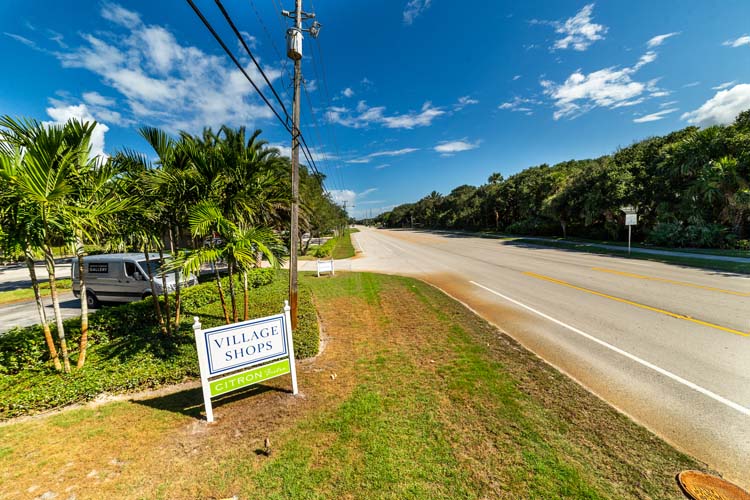
Local bicycle enthusiasts have launched a letter-writing campaign urging the Florida Department of Transportation to amend its plan and install a wider and buffered bike lane when it resurfaces a 6.74-mile stretch of State Road A1A, north of Central Beach.
The $7.5 million project, which is scheduled to begin next summer at Tides Road (north of Jaycee Park) and conclude a year later at Coco Plum Lane (near Wabasso Beach), includes stoplight and drainage improvements, new signage and pavement markings, and the addition of a 6-foot-wide sidewalk along the east side of A1A.
The plans do not include any widening or buffering of the existing 4-foot-wide bike lane – an omission members of the Vero Cycling Club and Bike-Walk Indian River County say violates FDOT’s “preferred standards” on the local roadway most used by cyclists.
The cycling groups want FDOT to install a 7-foot-wide, buffered bike lane they say is needed to enable cyclists to safely ride along a two-lane highway with a speed limit that varies from 35 mph to 50 mph. A buffered bike lane is a conventional bike lane paired with a designated buffer space separating the bike lane from the adjacent motor-vehicle travel lane.
Hugh Aaron, an avid cyclist and president of the Bike-Walk group, said FDOT is missing an opportunity to make an “already unsafe” bike lane significantly safer.
“They don’t resurface roadways very often, so this is the worst possible scenario,” Aaron said, “because if they get away with this, there won’t be a safe bike lane up there for a long, long time.”
However, FDOT Project Manager Donovan Pessoa said the approved resurfacing, restoration and rehabilitation project does not include any widening of the roadway – something that would be necessary to install a wider and buffered bike lane.
“Ideally, when we’re building a new road, we can make the road wide enough to install the highest-standard bike lane,” Pessoa said. “That’s not the case here. This isn’t a road-widening project. It’s a resurfacing project on an existing roadway, so we have to work with what’s already there.
“If you go beyond that, it’s a completely different project,” he continued. “It becomes a road-widening project, and that would require a whole new authorization. It also would cost a lot more money.”
Aaron, who started the electronic letter-writing campaign with a July 25 email to FDOT’s district administrators, warned of “impending disaster” on that stretch of road if the bike lane isn’t at least widened to accommodate cyclists of different skill levels riding at widely varying speeds.
He wrote that the existing 4-foot-wide bike lane isn’t wide enough to allow faster riders to pass slower riders, forcing faster riders to leave the bike lane and enter the travel lane to pass, thus increasing the potential for crashes involving motor vehicles and bicycles.
Bicyclists passing each other also can force drivers to cross the center line into oncoming traffic to maintain the legally required 3-foot separation between motor vehicles and bicycles, he wrote.
“All of these vehicles operating in such tight spaces with such little margin for error is a recipe for disaster,” Aaron warned in his email.
“If a motor vehicle driver becomes momentarily distracted and drifts into the bike lane, there is virtually no margin for error for the motor vehicle operator to correct or the bicycle rider to take evasive action.”
Pessoa said FDOT administrators have received nearly 80 emails from local residents, most of them cyclists. One of the letters came from State Rep. Erin Grall (R-Vero Beach), who in an Aug. 2 email expressed her opposition to the project as proposed – mostly, though, because of her objection to the planned installation of an east-side sidewalk she claimed is unwanted and unnecessary. (There already is a sidewalk on the west side of the road.)
However, she also wrote: “Due to the beauty of this area and the proximity to multiple public beach areas, this route is extremely popular with cyclists. We should take this opportunity to enhance safety and explore the possibility of a wider bike lane.”
CLARIFICATION: In addition to seeking wider bike lanes, Bike-Walk Indian River County supports construction of a new sidewalk along A1A. Shores neighborhood groups and local planning officials oppose the sidewalk.



